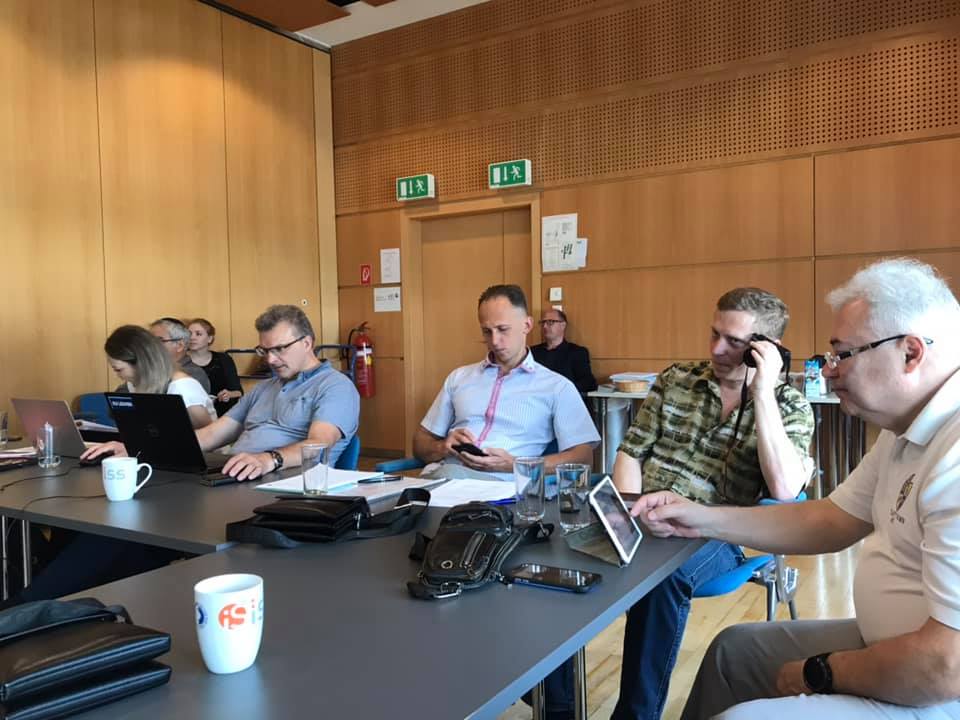[vc_section][vc_row][vc_column][vc_row_inner][vc_column_inner width=”1/4″][vc_single_image image=”2733″ img_size=”full” el_class=”.non-padding” css=”.vc_custom_1572442136367{margin-right: -15px !important;margin-left: -15px !important;}”][/vc_column_inner][vc_column_inner width=”1/2″][/vc_column_inner][vc_column_inner width=”1/4″][/vc_column_inner][/vc_row_inner][/vc_column][/vc_row][vc_row][vc_column width=”1/4″][vc_column_text css=”.vc_custom_1643615857589{margin-left: -15px !important;padding-top: 5px !important;}”] Syllabus
Moodle
Learning materials [/vc_column_text][/vc_column][vc_column width=”3/4″][vc_column_text]
Learning outcomes:
Students should be able to:
– to use the system analysis of objects and processes of computerization in systems of various function (in technical, organizational, medical systems), to design complex OOPS on the basis of OOPS methodology, use of design templates, UML, SysML, and technological process of OOPS design (UP) .
– to gain theoretical and practical skills of using design templates and to practically master the technology of OOPS design;
– to master the methods and techniques associated with the search for rational solutions in the design of OOPS for the automation of human activity in applied systems for various purposes, including in technical, organizational systems and in the field of medicine.
[/vc_column_text][/vc_column][/vc_row][/vc_section]


